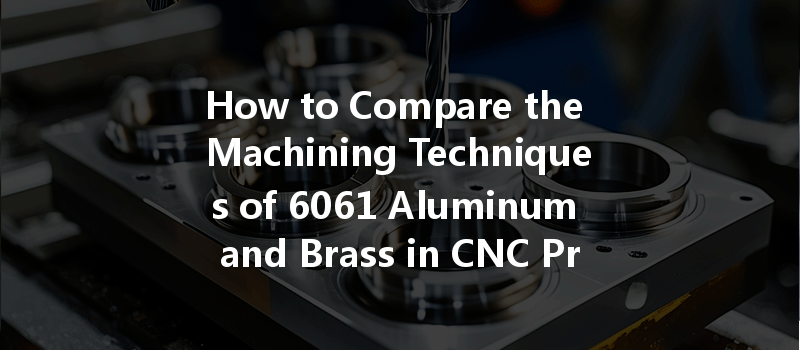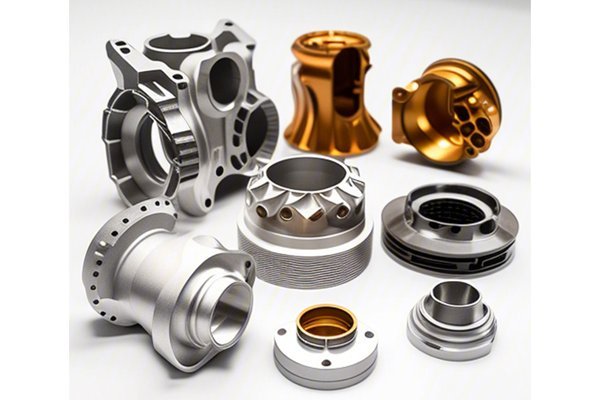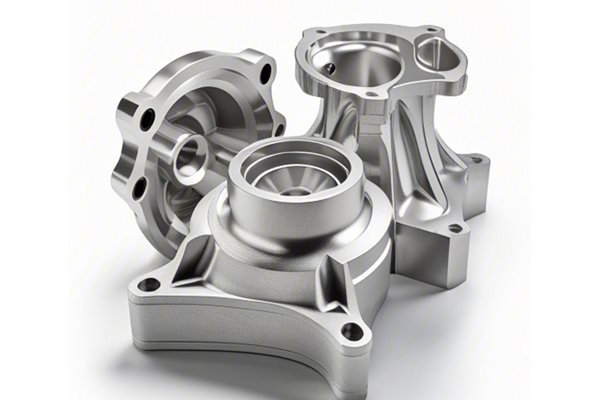Opening:
Did you know that the aerospace and automotive industries demand materials that can withstand extreme conditions while remaining lightweight? This quest for structural resilience combined with weight efficiency often leads engineers to the versatile realms of CNC machining of 6061 aluminum and brass. But how do these two metals stack up when it comes to CNC processing?
CNC (Computer Numerical Control) machining stands as a cornerstone in the manufacturing process across industries, enabling precision part creation with unparalleled accuracy. As engineers and manufacturers strive to find optimal materials for their projects, 6061 aluminum and brass frequently feature in their discussions. Both materials come with their unique advantages and challenges during the machining process, which is crucial to understand for making informed material choices.
Let’s delve into the details of how to compare the machining techniques of 6061 aluminum and brass and explore the issues at play in CNC processing. By the end of this blog, you will have a well-rounded understanding of the strengths and weaknesses of these materials, making you an informed decision-maker in your next CNC machining project.
Understanding 6061 Aluminum
6061 aluminum is an alloy in the 6000 series known for its excellent mechanical properties and structural strength. It primarily contains magnesium and silicon as the alloying elements. This combination bestows it with the following advantages:
Understanding Brass
On the flip side, brass is primarily an alloy of copper and zinc, known for its attractive appearance and durability. Here are some of its standout features:
Comparing Machining Techniques
When it comes to CNC machining, several techniques come into play for both 6061 aluminum and brass. Let’s explore the key differences in their machining processes.
Tooling is a crucial aspect of machining, directly impacting the quality and efficiency of the process.
The operating parameters of feed rates and spindle speeds also play vital roles in the efficiency of CNC machining.
Proper cooling techniques are necessary in CNC machining to prolong tool life and ensure precision in the machining process.

Surface finish is a significant factor determining the quality of the final product.
Challenges and Solutions in CNC Processing
While both materials have their merits, CNC processing does present challenges that manufacturers must consider.
Issues in CNC Machining 6061 Aluminum
Solutions
Issues in CNC Machining Brass
Solutions
Summary
In conclusion, both 6061 aluminum and brass present unique advantages and challenges in CNC machining. 6061 aluminum shines with its strength-to-weight ratio, corrosion resistance, and weldability but demands vigilant attention to thermal management and tooling. Alternatively, brass offers outstanding machinability, aesthetic appeal, and sound dampening, making it a preferred choice for various decorative and functional applications, albeit with challenges related to chip formation and brittleness.
This comparison not only highlights the strengths and weaknesses of each material but also underscores the importance of meticulous planning and understanding of CNC processing techniques to ensure optimal outcomes.
Choosing the right material for your CNC project has significant implications on product performance and longevity. When you are at the crossroads of material selection, weighing the advantages and disadvantages of 6061 aluminum and brass can lead you to make well-informed and efficient choices in your manufacturing journey.
As technology evolves and demands change across industries, understanding the intricacies of CNC machining for different materials becomes paramount. Both 6061 aluminum and brass continue to hold significant value in various applications, with their own characteristics dictating their machining techniques.
Whether you are an engineer, designer, or manufacturer, this knowledge equips you to optimize your production processes and achieve the desired results for your manufacturing endeavors. Remember, the choice of material is not just a ledger line – it is a crucial factor that shapes the fate of your projects.
Thank you for joining us on this exploration of CNC machining techniques; we hope it serves you well in your future projects!






